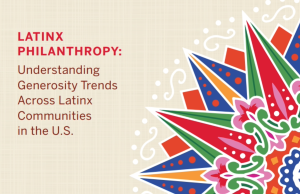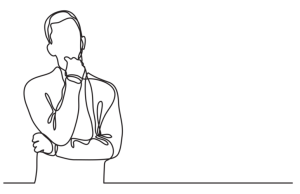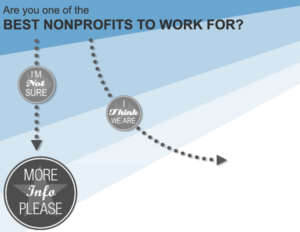A multibillionaire Latino businessman who graduated from a major university in California is tapped for a contribution by his alma mater every year. “He’s very brown, very Mexican-looking, and owns a funny-sounding company,” said Armando Enrique Zumaya, founder of Somos El Poder, an Alameda, California-based consultancy that advises Latino nonprofits on fundraising.
The requests come by mail. The suggested donation is just $100.
“I’ll tell you half a dozen stories like that,” Zumaya said. “Prospecting is failing because we’re overwhelmingly looking for rich, old, straight white guys.”
The ill-suited university request highlights a disconnect between an institution and potential funders. This disconnect is not an isolated case. The prospecting field is rife with systematic structures that eliminate communities not traditionally viewed as viable prospecting sources.
“If you’re only looking for public wealth, you will not find a lot of people of color,” Zumaya said. “A lot of our wealth is in families, and it is very private.”
Before an institution can gain access to these sources, fundraisers need to understand the cultural and racial ways wealth is gathered in each community.
These paths are less likely to include indicators that would cause a prospect to rank high on donation propensity algorithms. Add to that the fact that these populations are traditionally under-solicited, so they do not have extensive donation histories. As a result, these prospects do not surface through traditional fundraising research practices or on third-party prospecting lists.
The algorithm biases are not the only barriers. “If a donor does make it into a database, often a development officer or researcher will see that person, look him up and dismiss him,” because that person does not fit the traditional major donor profile, Zumaya said.
Should a nonprofit’s fundraising team overcome these obstacles, its members can still sabotage the nascent relationship by not acknowledging the prospect’s culture. For instance, outside of New York or California, prospects of color might not embrace the directness of New York- or California-style outreach, Zumaya said.
One of the major cultural differences is acknowledging the role family plays for funders of color. “If there’s a grandmother in the house, you address her first,” Zumaya said. “You don’t walk past her because she’s old.”
Zumaya recalled a donor visit. “I was with an old-wealth family in New Mexico. I asked the guy I was talking to who else in their family he wanted to discuss [funding] with us. And he said ‘What a refreshing change, because I would love to have my family involved, so let’s wait.’ He called people over. His granddad, his wife and their child came over. We all had this wonderful conversation, and they argued over their gifts. But they did come to a conclusion, and it was supported by everybody. The whole family owned the gift.
There is more to generating equitable prospecting than individual solicitations. The changes need to be systemic, whether within data collection and use, hiring practices or board composition.
“I can show you boards all over California, major universities with one Latino on them out of 80 people, and we’re 44 percent of the state,” Zumaya said. “We’re under 2 percent [on nonprofit boards] in the country, and overwhelmingly those folks are tokens.”
Appropriate representation on boards is the first step to creating organizations that will be well received by the funding community.
“Once the board changes, Latinos see the staffing. They see the program. They see the funding differently. You’re going to raise different kinds of money,” Zumaya said.
The new board members are more likely to advocate for programs that fundraise among underrepresented populations, such as hiring diverse fundraising professionals, and to champion patience with these programs. “Making an extra effort costs time,” Zumaya said.
The good news is that if under-solicitated populations are approached appropriately, there might not be the lags seen in other relationship-building efforts. “I had a million-dollar donor after five meetings over four months,” Zumaya said about the Mexican billionaire donor. “For a lot of major donors, it takes a couple of years. The gentleman was not used to being asked to give, and there was no real impediment.”











